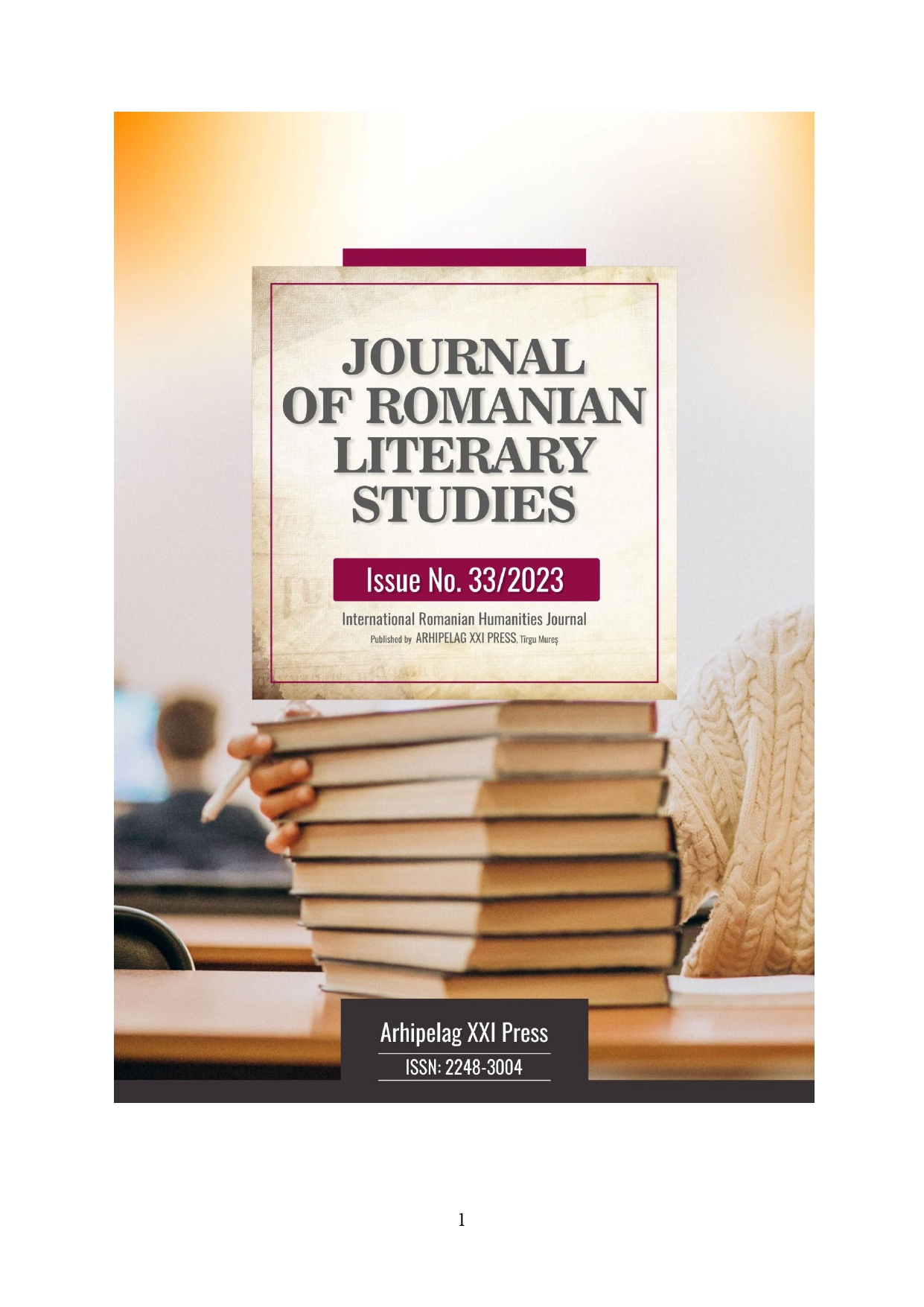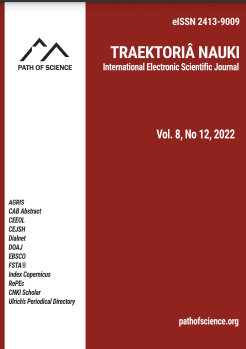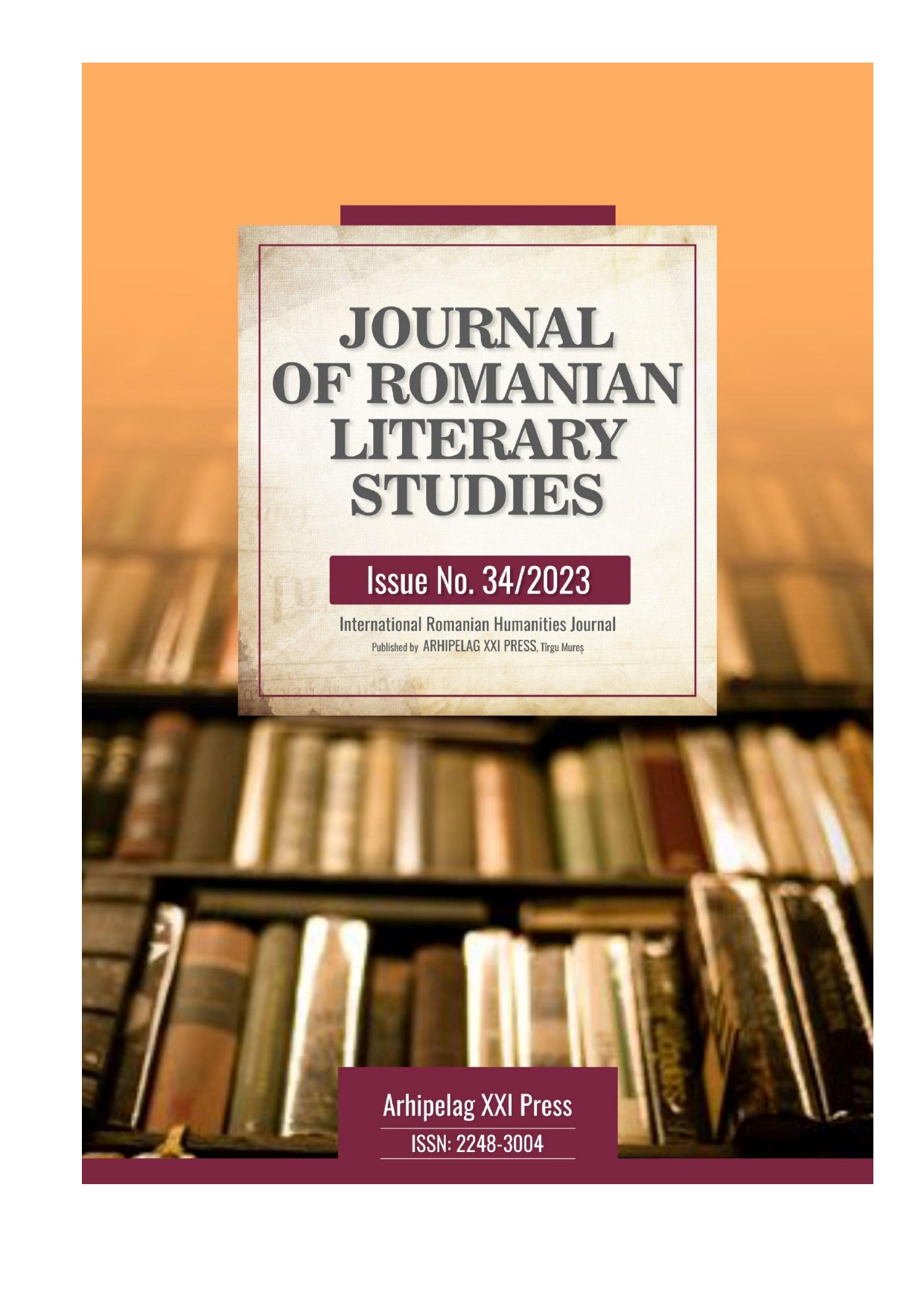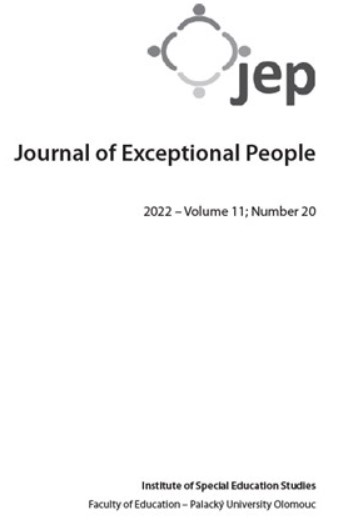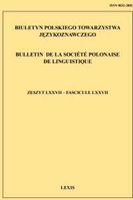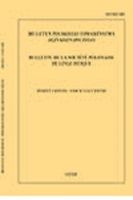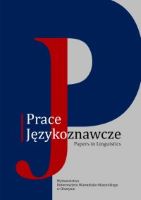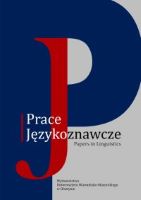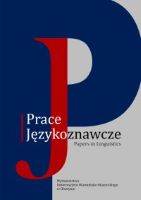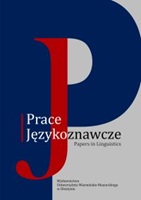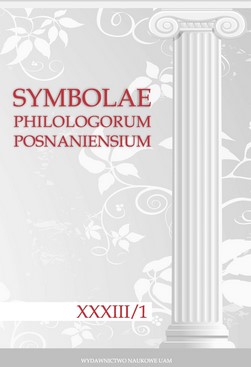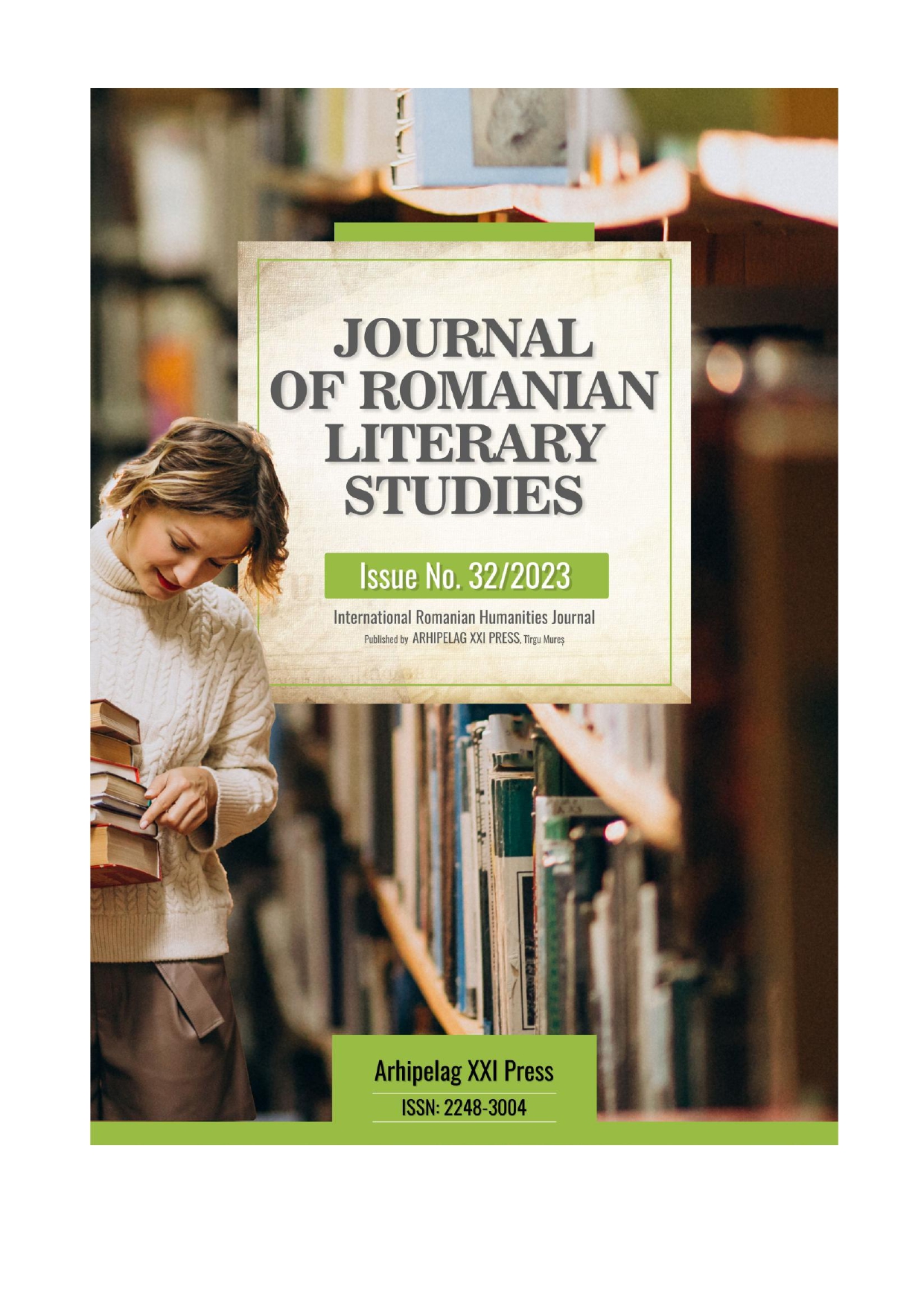
EUGENIU COȘERIU AND HIS MULTIDISCIPLINARY APPROACH TO GENERAL LINGUISTICS. LINGUISTICS AND SEMIOTICS
Eugeniu Coșeriu had a meta-linguistic and multidisciplinary approach to language’s phenomenon, by using all scientific instruments he could find, from linguistics to philosophy and history – amongst these, a central role was performed by semiotics. Employing semiotics meant, amongst others: using semiotic categories, identifying semiotic phenomena in language, searching for psychological explanations regarding philological processes, and identifying the semiotics’ role for interpreting the world. In the present paper we are analyzing Coșeriu’s use of semiotics in order to further widening and advancing his meta-linguistical vision upon linguistics. We have used the qualitative research method as defined by Zoltán Dörney. (2011: 24 and the followings). We have aimed to argue the multidisciplinary character of Coșeriu’s general linguistics and his extraordinary capacity of using notions from a wide variety of science branches in order to accomplish an existential meta-vision on communication.
More...
